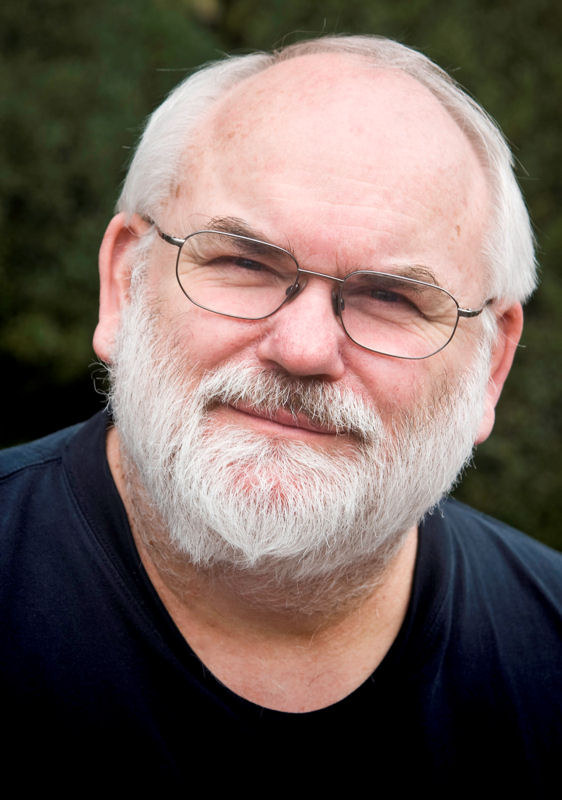| John Seldon, WEF Member and Founder of Temporary Operations and Maintenance Inc.
John Seldon, a Water Environment Federation (WEF; Alexandria, Va.) member since 1980, is founder and president of Temporary Operations and Maintenance Inc. (Port Burwell, Ontario) and a principal of Envir-O-Site Inc. (Sarnia, Ontario). During his career, Seldon has focused on optimizing municipal and industrial solids collection and dewatering systems. Since entering the wastewater field in 1973, Seldon has
|
Regulations enter into most aspects of our lives — from food handling to automotive safety. And even though requirements vary among jurisdictions, the same can be said for licensing wastewater treatment operators.
In my home province of Ontario, many community college graduates have taken a variety of courses related to operational disciplines. These courses provide a good start in understanding the key principles in a water resource recovery facility’s (WRRF’s) operation. But it is rare for a graduate to take wastewater-focused courses that have academic grounding across all of these disciplines. And this is necessary for graduates to best understand a facility’s mechanical and biological underpinnings.
It seems to me that post-secondary graduates have taken courses to become environmental managers in the waste management field rather than courses to become operators of environmental systems. The former has many in its ranks and often these students gain little or no operating experience. The latter seems to have too few, if any, in its ranks.
Education and training for entry-level operators in Ontario
To gain an entry-level position at a WRRF, individuals are not required to have any postsecondary education related to wastewater treatment.
In Ontario, WRRFs, defined as those that treat or dispose of solids but do not collect or transmit solids, are categorized by the Licensing Guide for Operators of Wastewater Facilities into four classes based on size, sophistication, and complexity. As these qualifications increase, the facility’s class increases from Class 1 to Class 4. Similarly, operators are required to obtain corresponding Class 1 through 4 licenses to work at these facilities.
In the guide, operators are defined as those who adjust, inspect, or evaluate a process controlling the effectiveness or efficiency of a facility and adjust or direct flow, pressure, or quality of wastewater within a wastewater collection facility. However, operators typically begin careers operating facilities as operators-in-training (OITs), according to the guide.
To obtain an OIT license, applicants must complete Grade 12 or have a Grade-12 equivalency, and pass an OIT or Class 1 exam for a WRRF. According to the guide, OITs are allowed to “perform all regular operating functions.” The applicant then has a year to gain the experience needed to qualify as a Class 1 operator.
No previous experience is required to secure an OIT license and a passing grade on the OIT is set at 70%. The licensing guide, which is a regulation and the law, establishes these minimum educational and experience-level criteria for entry-level operators of WRRFs.
Second careerists enter the field
The Water Environment Association of Ontario (WEAO), a Water Environment Federation (WEF; Alexandria, Va.) Member Association, often features individuals entering a wastewater operator position midcareer in its journal, Influents. These operators use the regulatory pathways outlined above and some gain OIT accreditation in both water and wastewater treatment.
In 2007, I met a newly hired WRRF operator who went through this basic certification process after the position had been advertised in local papers. He had been the only applicant for the position and was interested in getting certified for water treatment with the intention of transferring to water permanently.
It appears to me that this example reflects typical hiring situations for municipal WRRFs. This needs to be investigated and quantified by surveying municipalities’ hiring practices and working with their human resource managers.
WEAO provides information and resources to new operators
WEAO’s New Professionals program supports operator training and skill development, which also benefits the regulatory framework. The program helps students, young graduates, and other new professionals better understand design, technological, regulatory, and operational perspectives through technical seminars led by industry leaders and professionals, according to WEAO’s website.
The program’s technical activities provide a forum for interaction among experts in the water environment industry, and an opportunity for members to keep up-to-date with the latest development in technology and regulatory frameworks.
Regulatory requirements for operators are supplemented by process knowledge transfer facilitated through the WEAO’s New Professionals Committee by members of this service-industry professional organization. This is a very good thing.
But in my opinion, the industry is lacking sufficient numbers of individuals who seek out technologist–operator positions as primary careers. This is hampered by any number of reasons but two in particular stand out. The first is the negative public perception of wastewater treatment work and, sadly, an under-appreciation of the abilities of the men and women who perform this frontline environmental role. The second is a lack of postsecondary educational facilities that offer a clear, dedicated course of study addressing WRRF operations.
Wastewater treatment always has been highly sophisticated and located on the frontline of protecting our water resources. It is time to bring attention to the wastewater operator and his or her invaluable status within the working world. The wastewater treatment career itself must be highlighted within both the public and private sectors as one worth pursuing. And the training, certification, and hiring of those who undertake this honorable and challenging field must begin to match the singular importance of their life’s work, on which we all depend.
— John Seldon, WEF Member









October 9, 2013
Featured